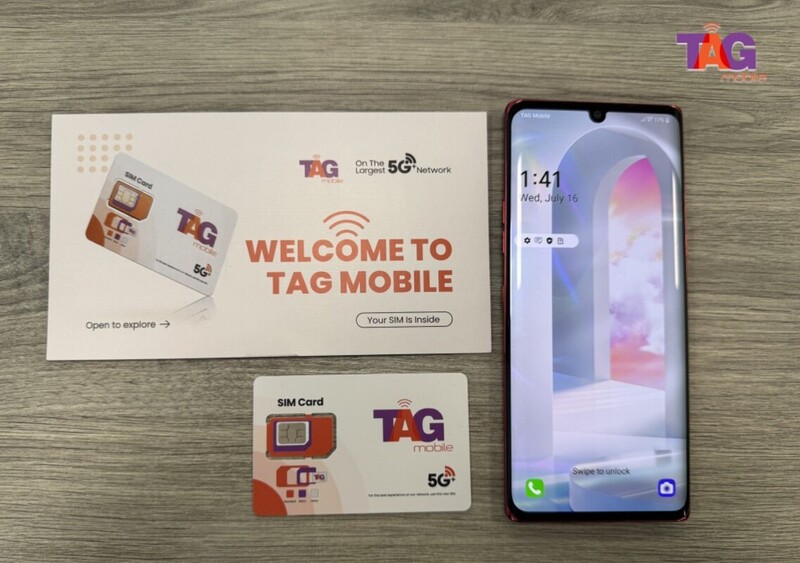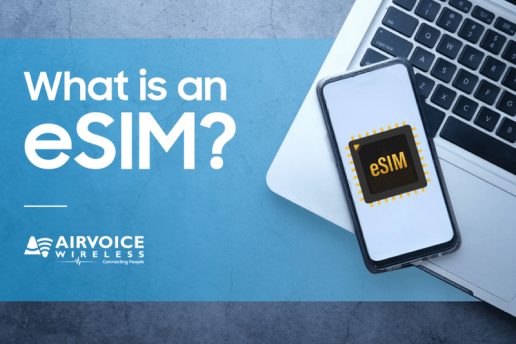TANF Benefits: What They Are, Who Qualifies, And How To Apply
TANF benefits give cash aid, childcare help, and job support to low-income families with children. The program, called Temporary Assistance for Needy Families, helps parents cover basic needs while preparing for work. It is different from food stamps and can be used for rent, utilities, and other essentials.
If you have children and your income is within the limit, you may qualify for monthly payments and extra services in your state. Keep reading to learn who qualifies, what you can get, and how to apply.
1. What is TANF?
TANF (Temporary Assistance for Needy Families) is a federal program that each state operates to help low-income families with children. It provides monthly cash assistance and work-related support so parents can meet basic needs and prepare for employment.
Most families can only receive TANF benefits for up to 60 months in their lifetime, but some states have shorter limits.
TANF is not the same as SNAP. The differences include:
- TANF gives cash plus job and childcare support
- SNAP (food stamps) only helps with food purchases
Through TANF, eligible families may get help paying for rent, utilities, clothing, transportation, and other daily needs while working toward financial stability.

2. What Are TANF Benefits?
TANF benefits provide financial and work-related assistance to help low-income families with children meet daily needs and move toward self-sufficiency. While the program is run at the state level, the types of support are similar across the country.
Common forms of TANF assistance include:
- Monthly cash aid for essentials like rent, utilities, and clothing.
- Childcare subsidies so parents can work, attend school, or complete job training.
- Job preparation programs such as skills training, resume writing, and interview coaching.
- Transportation help for commuting to work, interviews, or training.
- Emergency assistance in certain states for urgent needs like housing repairs or medical costs.
Check the TANF benefit examples by state to see how much monthly cash aid you may receive in 2025.
| State | Monthly Cash Aid for Family of 3 | Childcare Help | Other Support |
| Texas | $401 | Yes | Job training |
| California | $1,099 | Yes | Housing aid |
| Pennsylvania | $421 | Yes | Transportation |
Note: The exact benefit amounts and extra services vary by state, so it’s best to check your local TANF office for current details.
>>> Also read: Free Phone Service With Food Stamps Or SNAP: What To Expect 2025
3. Who Qualifies for TANF Benefits?
TANF is designed for low-income families with children who need temporary help to meet basic needs and prepare for long-term self-sufficiency. Each state manages its own program, so eligibility rules can differ slightly. However, most states follow similar guidelines.
3.1. Income Requirements
Your household income must generally be at or below 185% of the Federal Poverty Level (FPL), though some states set lower limits.
You will need to provide proof of income, such as:
- Recent pay stubs
- Federal or state tax returns
- Benefit award letters from other assistance programs
3.2 Family & Residency Requirements
To qualify, you must:
- Have a dependent child under the age of 18, or be pregnant.
- Live in the state where you are applying for benefits.
3.3. Program Participation
Most states require participation in work activities for a set number of hours each week. This may include:
- Employment
- Job training or skills classes
- Education programs
- Volunteer or community service work
These requirements help recipients gain the skills and experience needed to achieve financial independence while receiving support.
4. How Does TANF Work With Child Support?
When you receive TANF benefits, you agree to let the state collect child support from the noncustodial parent on your behalf. This means the state becomes the payment collector and applies those funds according to state-specific rules.
The state applies what’s collected in this order:
- If the child support paid is more than your TANF cash benefit, the state keeps the benefit amount and passes the rest to you, usually the next month.
- If the child support paid is less than your TANF benefit, the state keeps all of it and continues paying your full TANF amount.
Extra funds collected can:
- Cover your current monthly support,
- Pay off arrears owed to you or the state, depending on state rules,
- Be passed through to you if allowed.
Note: The state may garnish wages, tax refunds, or other income sources to recover support. While this happens, you still receive TANF and may get other help like SNAP, Medicaid, childcare, and transportation.
For example: If your TANF is $800 and the child support is $1,200, the state keeps $800 and sends you $400 the following month.

5. How to Apply for TANF Benefits
Applying for TANF assistance is a straightforward process, but each state manages its own program with slightly different rules. Follow these steps to get started:
Step 1: Check your state’s eligibility rules online
Visit your state’s Department of Human Services (DHS) or equivalent agency website. Review income limits, family requirements, and work activity rules to make sure you meet the criteria.
Step 2: Gather required documents
Have clear copies of:
- Government-issued ID (driver’s license, state ID, or tribal ID)
- Proof of income (recent pay stubs, tax returns, or benefit letters)
- Proof of dependent children in the home (birth certificates, school or medical records)
Step 3: Submit your application
You can usually apply:
- Online through your state’s DHS portal
- By mail using a printed application form
- In person at a local TANF or DHS office
Step 4: Complete an interview with a caseworker
A caseworker will review your application, verify your documents, and discuss your work activity requirements. This interview may be in person or over the phone, depending on your state.
Step 5: Receive approval and start benefits
If approved, you’ll typically start receiving TANF assistance within 30 days. Payments may be sent by direct deposit or Electronic Benefit Transfer (EBT) card.
Note: If you are applying for Tribal TANF, you must submit your application through a tribal office, not the state agency.
6. How TANF Can Help You Qualify for Lifeline Benefits
If your household receives TANF benefits, you may also automatically qualify for the Lifeline program, which provides discounted or free phone and internet services. Lifeline helps low-income families stay connected to work opportunities, school resources, and essential services.
By applying for Lifeline as a TANF recipient, you could get:
- A free Lifeline smartphone or a discounted device from Lifeline providers
- Free monthly talk and text
- Free data each month
- International calling with select providers
- No contracts or monthly bills
- Other higher benefits depend on providers
Tip: If you live on tribal lands and receive Tribal TANF, you may get enhanced Lifeline benefits, up to $34.25 per month toward your phone or internet service.
Many providers, such as TAG Mobile, process applications in under 30 minutes and ship devices for free after 7 – 10 days. This means you can use your TANF status to unlock additional communication benefits for your family without extra paperwork. Just your TANF proof works as your Lifeline eligibility document.

>>> Read more: Top 10 Best Lifeline Phones You Can Get For Free
IMPORTANT NOTE: The government does not cover device costs, only basic service through Lifeline. Any free or discounted devices, upgrades, or top-ups are limited-time TAGMobile offers and may vary by state, eligibility, and availability. Terms and conditions apply.
7. FAQs
Q1: What is Tribal TANF?
Tribal TANF is a version of the Temporary Assistance for Needy Families program run by federally recognized tribes for their members. It follows the same basic rules as state TANF but is customized to meet cultural, employment, and community needs. Benefits may include education grants, traditional skills training, and childcare centers within the tribe.
Q2: Is TANF the Same as Food Stamps?
No. TANF provides cash assistance and work-related support like childcare, transportation, and job training, while SNAP (food stamps) offers food-only benefits. Many families qualify for and receive both programs at the same time.
Q3: What is TANF Benefits in Texas?
In Texas, TANF offers cash aid for basic needs, childcare assistance, and job preparation programs. For a family of three, monthly cash benefits average around $401. Eligibility is based on income, family size, and participation in required work activities.
Q4: What is TANF Benefits in Pennsylvania?
Pennsylvania TANF provides monthly cash assistance (about $421 for a family of three), childcare support, and help with transportation for work or training. The program also requires participation in employment or education activities. Additional emergency aid may be available in certain cases.
Q5: What is TANF Benefits in California?
California’s TANF program, known as CalWORKs, provides cash aid (around $1,099 for a family of three), childcare subsidies, and housing support. It also offers job training and education programs to help families achieve self-sufficiency. Tribal TANF is available for Native American households.
Q6: What is TANF Benefits in Indiana?
Indiana TANF gives monthly cash assistance, job training, and childcare support to eligible families. The amount varies based on income and family size, but all recipients must participate in work or training activities. Benefits are temporary, with lifetime limits on assistance.
Final Words
TANF benefits help families stay afloat while working toward self-sufficiency. The program offers more than cash; it supports childcare, job training, and essential services.
If your household meets the income and family requirements, applying could make a big difference in daily life. Check your state’s rules today and start your TANF application to access the help your family needs.






